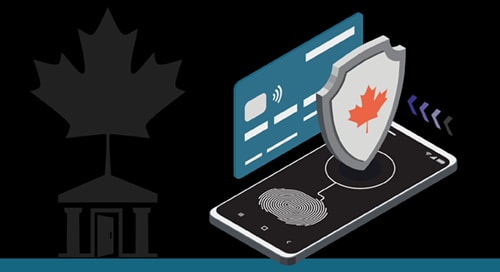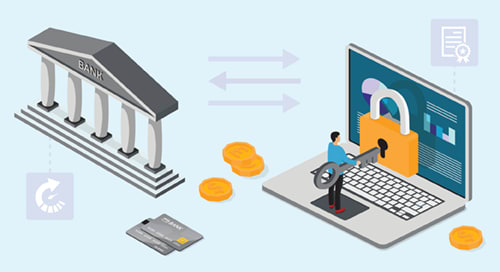On the path towards open banking, but not sure what’s next? Start here for insights on the state of open banking in North America amid regulatory uncertainty. Learn more about driving adoption of your open banking APIs, connecting to a larger financial ecosystem, and uncovering new sources of revenue.
01 How does open banking impact security and consent management?
Traditionally, many financial apps have relied on screen scraping — where users share their banking credentials with third-party services. While screen scraping isn’t necessarily happening without the financial institution’s knowledge, it occurs when there’s no alternative API access method available.
However, this approach presents significant risks:
- Financial institutions can’t control which data elements are being scraped
- Higher probability of data leaks and unauthorized access
- Customers may unknowingly share more information than intended
- Increased risk of fraud and misuse of financial data
- Technical instability as web pages change dynamically, causing scraping errors and inconsistent data
02 What do U.S. regulatory changes in 2025 mean for my open banking strategy?
To stay ahead, banks should:
- Ensure API security. Develop or adopt APIs that meet security and regulatory requirements.
- Implement consent and access controls. Create clear, user-friendly mechanisms for data permissions.
- Build ecosystem relationships. Collaborate with fintechs and third-party providers to expand service offerings.
03 Why is open banking a competitive differentiator for financial institutions?
Financial institutions can develop entirely new revenue streams by monetizing their APIs — similar to successful models implemented in Europe where banks offer premium data access services to third-party developers. This creates opportunities to:
- Gain actionable intelligence through account aggregation, revealing cross-selling opportunities across a complete customer financial profile
- Offer subscription management services that simultaneously delight customers while providing valuable data on spending patterns
- Accelerate customer acquisition through streamlined digital onboarding and Know Your Customer (KYC) processes
- Provide wealth management advisors with higher-quality, real-time information for more dynamic and personalized advice
- Transform point-in-time financial events (like loan applications) into continuous, real-time services with immediate availability
04 Why should banks adopt the FDX standard for open banking?
FDX provides a common framework that reduces friction between banks, fintechs, and third-party providers. By adopting this standard, banks can:
- Streamline regulatory compliance with a widely accepted model
- Enhance security through standardized authentication protocols
- Accelerate ecosystem participation by integrating with existing industry players
05 I’m a bank or credit union and need to explore open banking. What’s my next step?
Key steps in your open banking journey include:
- Assessing your readiness. Evaluate existing infrastructure, security capabilities, and API maturity.
- Defining your open banking strategy. Identify priority use cases (e.g., payment initiation, financial insights, account aggregation).
- Choosing the right technology approach. Whether building internally or leveraging third-party solutions, ensure your approach supports scalability and compliance.
Learn how Amplify Open Banking combines an intuitive developer experience with secure data management and low-code/no-code capabilities.
















